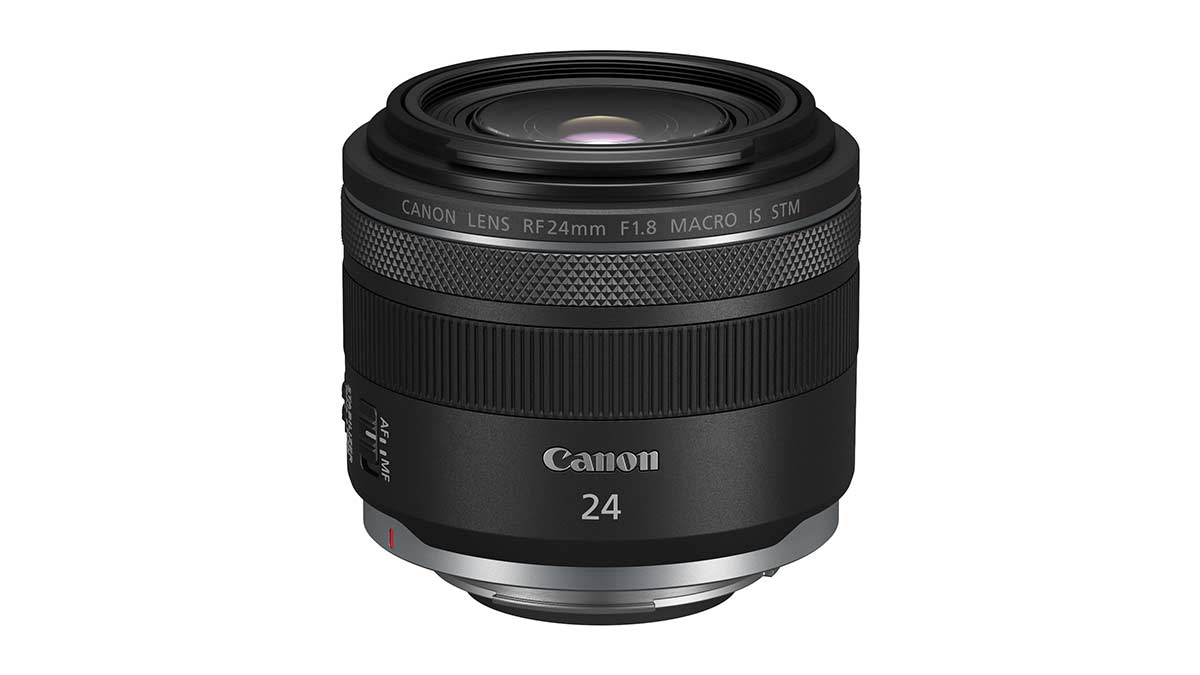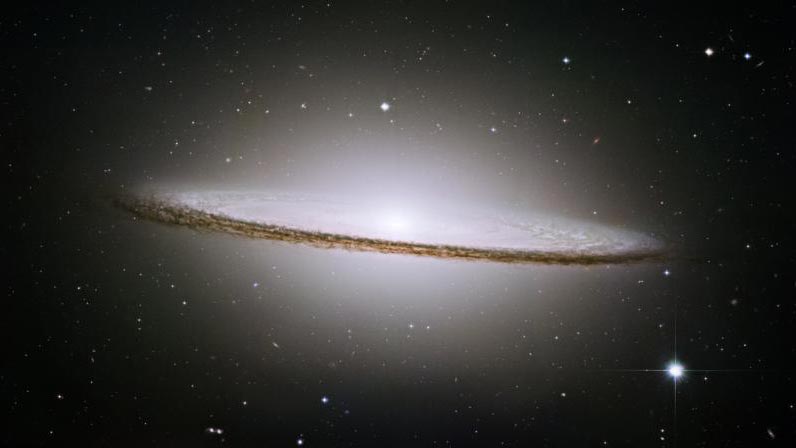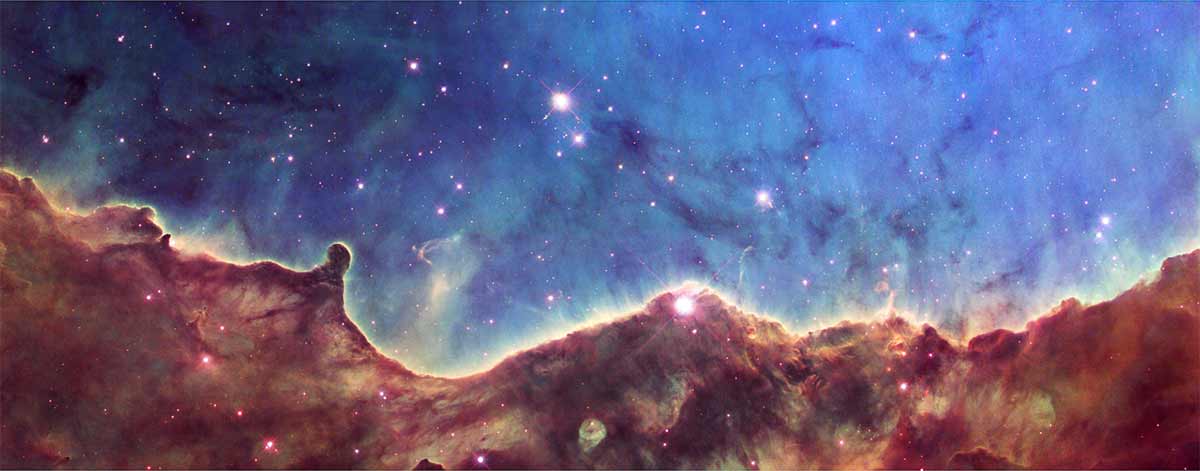Photo news! Get your photo news here! Every Friday, we will summarize the latest news from the photographic industry to keep you up-to-date on the newest product announcements and share great stories from the world of photography.
Canon’s two new wide-angle RF lenses:
Canon unveiled two new wide-angle full-frame RF lenses this Tuesday; the 24mm f/1.8 Macro IS STM ($799) and the 15-30mm f/4.5-6.3 IS STM ($729). This launch fills a substantial gap in Canon's budget-friendly wide-angle RF lens lineup, with the two lenses slotting nicely between the 35mm f/1.8 ($649) and the 85mm f/2.0 ($849).

The ultrawide of the two (15-30mm) will certainly be an interesting option for vloggers, landscapists & travel photographers, or simply folks looking for a lighter option to pair beautifully with their new R7 or R10. On an APS-C body, the 15-30mm has a 35mm equivalent focal length of 24-48mm, making it a fantastic option for street shooting. The lens comes in at less than a pound and still provides up to 5.5 stops of shake correction, though stabilization becomes less necessary as you widen your field of view. The lens also features a unique close focus mode at 15mm that allows the subject to be sharp within 13mm of the front element.

The 24mm will be an attractive option for astrophotographers and macro enthusiasts alike as its wide aperture and tiny minimum focus distance allow for an immense range of creativity. On an APS-C body, the 24mm has a 35mm equivalent focal length of 38mm, making it a great choice for medium-wide portrait shots. The lens’ maximum aperture of f/1.8 makes it an ideal choice for low-light or bokeh-crazed shooters.
Both lenses feature an STM motor for smooth and silent focusing, the Canon Control Ring for easy customization, and are currently available for preorder at https://www.mcbaincamera.com/searchresults.php?search=canon-new-rf
NASA unveils the first images from the James Webb Space Telescope:
Here at McBain we often look to the night sky and ponder what wonders it may contain. Some of us brave the darkness with our cameras to reach for the stars, yet unfortunately we can only get so far with our measly DSLR or Mirrorless models. For true, deep imaging of the cosmos around us, we look to the folks at NASA, who possess tools beyond our wildest imaginations, like Hubble. While the Hubble Space Telescope has been orbiting us since the early 90s and has certainly produced some jaw-droppingly astounding results over the years, she’s been bound for an upgrade for a while.

Hubble Sombrero Galaxy- Courtesy of NASA
Enter the James Webb Space Telescope, or JWST for short. NASA’s nearly $10 billion new baby, launched December 25, 2021. This past Tuesday, we got our first look at just how powerful this thing is. While we can’t quite understand the science behind it all, we couldn’t help but be astounded by the giant leap forward in imaging between generations. Take a look at Hubble’s rendition of the “Cosmic Cliffs” in the Carina Nebula:

Now compare that to the image released this week, taken by JWST:

The difference in detail and sharpness is staggering. More than double the stars can be easily resolved in the new photo and there is much more variation in the exposure of the orange gasses. The craziest part? According to NASA, the space resolved in this photo in the night sky is equivalent to a grain of sand held at arm’s length. JWST can image galaxies more than 100x more clearly than Hubble could and is going to forever change the way we see space around us.
For more mind-boggling images produced by JWST, visit https://www.nasa.gov/webbfirstimages